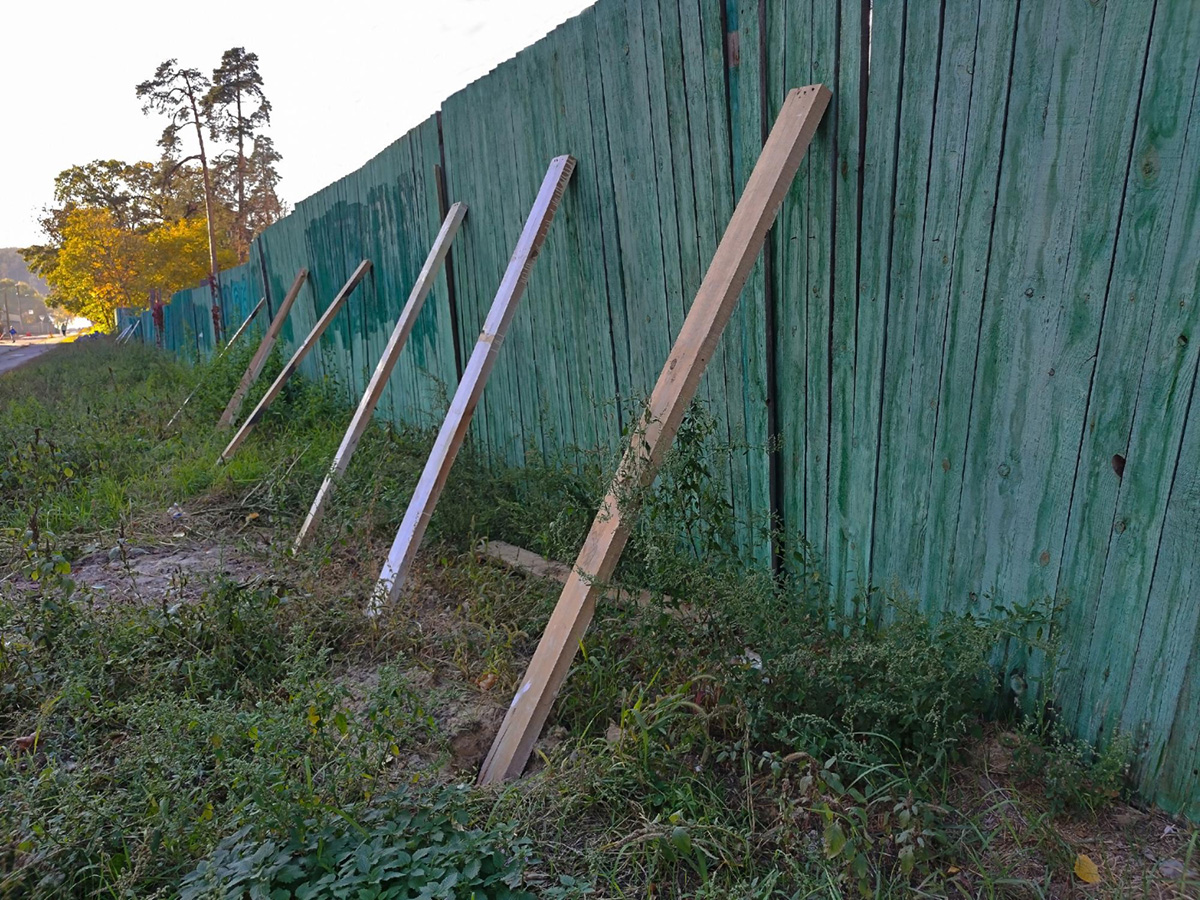
Do you ever feel like you're saving money by taking on home improvement projects yourself, only to end up spending more in the long run because of costly mistakes? Fencing installation is no exception. While it may seem like a straightforward task, there are many mistakes that can occur during the process. In this blog post, we'll discuss the most common DIY fencing disasters and how to avoid them.
When it comes to fencing, there are a variety of materials to choose from - wood, vinyl, metal, and more. Each material has its own benefits and drawbacks. However, if you choose the wrong material for your area's weather conditions, it can lead to a lot of headaches. For example, wood fences may warp or rot in damp climates, while metal fences may rust in coastal regions. It's important to research and select a material that can withstand your area's climate.
Taking measurements and planning the fencing layout may seem tedious, but it's a crucial step in the process. Not measuring correctly can lead to uneven fence lines or gaps. Additionally, not planning for gates or clearance for vehicles can result in costly modifications down the line. Take the time to measure and plan, and don't rush into installation.
The placement of fence posts is critical to the stability of the fence. If posts are spaced too far apart, the fence may sag or warp over time. If they're not deep enough in the ground, they may shift or become loose. Additionally, not properly leveling the posts can result in an uneven fence. Make sure to follow guidelines on post spacing, depth, and levelness.
Properly fastening fence components to the posts and connecting sections of the fence are crucial in creating a sturdy fence. If screws or nails aren't strong enough or installed correctly, they may loosen or break over time, causing the fence to weaken. Additionally, using unsuitable materials for connectors or not following manufacturer's recommendations for connectors may result in a fence that isn't strong enough to withstand wind or other extreme conditions.
It's understandable to want to save money during a home improvement project, but skimping on quality materials or tools can lead to more expensive problems down the line. Fence components should be made to withstand outdoor elements and heavy use, so investing in higher quality materials will ensure the longevity and durability of your fence.
DIY fencing projects can be a great way to improve your home and save money. However, in order to avoid costly mistakes, it's important to take the necessary time and care during the installation process. Pay attention to material selection, measuring and planning, post placement, fastening and connection, and the quality of materials used. By avoiding common DIY fencing disasters, you'll be able to enjoy a sturdy and functional fence for years to come. If you're feeling unsure about taking on a fencing project yourself, consider hiring a professional fencing contractor in Orlando like Wulff Fence for peace of mind and quality guarantee.